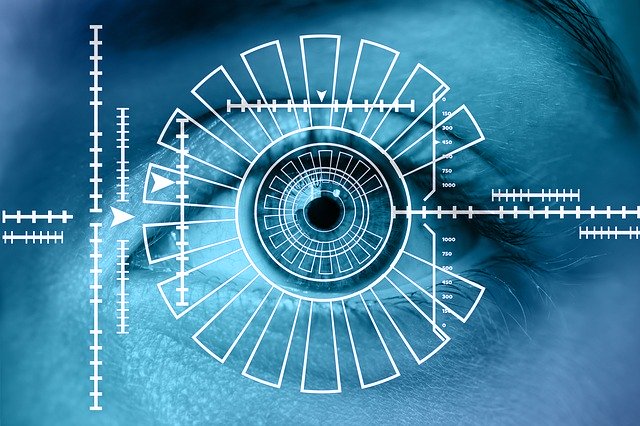Recent Technologies for Spotting Fake IDs
Spotting fraudulent ids is becoming big business these days. Here are some technologies that people are using to make sure that a passport or ID that someone brings to whatever installation is legitimate and not something that was faked.
Intellicheck
One online service that is used for checking the veracity of IDs is called INtellicheck. This online service makes it so that people can scan an ID and immediately get a response about how old the person in question is, whether they qualify to purchase whatever it is they want to purchase based on their age and whether their ID is legitimate or a fraud.
The response to the scanning is quick, and it’s easy to integrate into whatever system the company or institution is using. This way it’s easier to remain compliant with laws about age and the purchasing of age-restricted items.
IDAnalyzer
This online service makes it so that you can feed it an ID card or document, like a passport, and get info on whether its legitimate or not. If it’s fake, the service should spell that out for you. It has the ability to do facial recognition as well. This means that you can take a picture of the card itself, and then of the person in question and have the service compare one to the other to see if they are indeed the same person or not. They also have an id scanner tool that you can utilize for your needs.
UV Light
The classic approach to handling the spotting of fake IDs is to use a UV light. This means passing the relevant document or card underneath a UV light in order to be able to identify special marks that many states and other institutions place on cards that can only be seen under UV light. Adding these marks to ID cards is something that requires special techniques and materials that many counterfeiters don’t have access to generally. This also has the advantage of making it so that employees can quickly pass IDs right under a light, glance at it to check the identifying marks of a legitimate ID, and then move onto the next one.
If an ID didn’t have the right marks under UV light, that meant it was likely a fake. The speed of this approach made it popular for areas with big lines like clubs, airports, bars and so on.
Overall, there’s a significant number of technologies out there these days that use sophisticated techniques to check IDs for legitimacy. As people become more sophisticated too in their ability to make IDs that pass UV light checks, for example, so too does tech come out that uses computers to verify whether an ID is legit.

